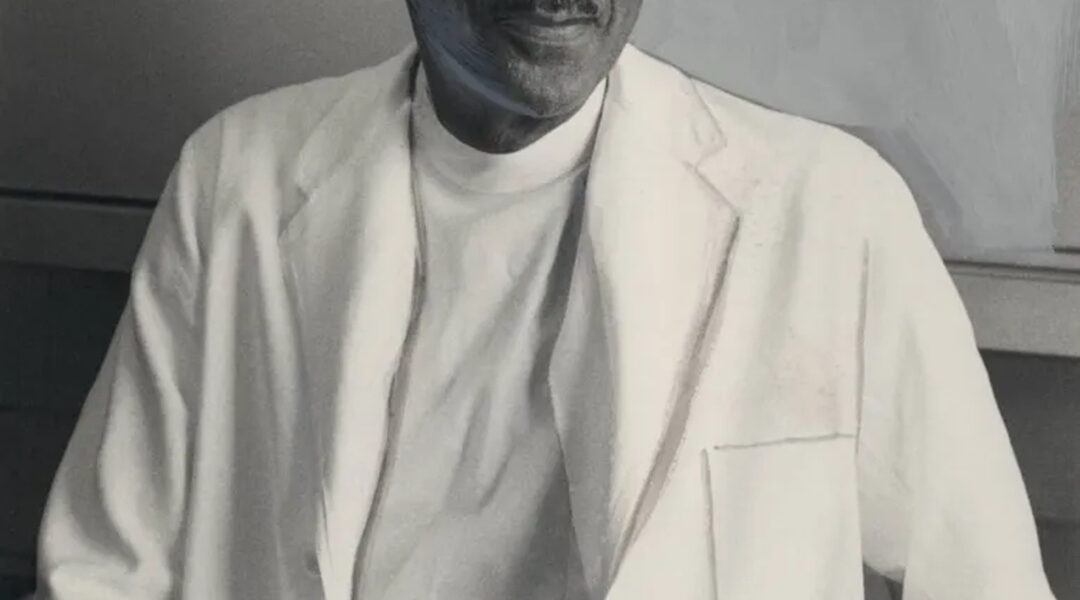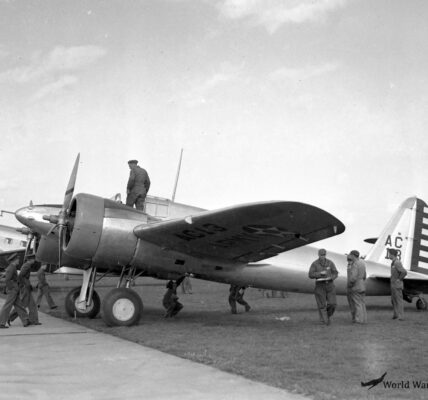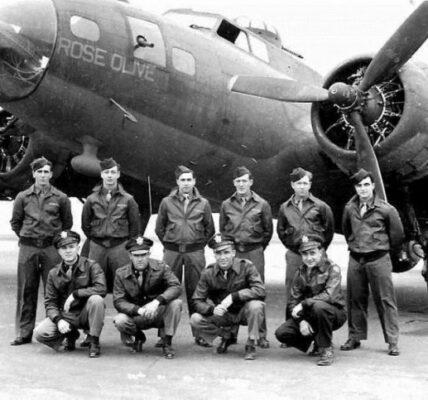
In the halls of Johns Hopkins Hospital today, portraits of world-renowned doctors line the walls. Among them is one of a man in a white coat, arms folded, gaze steady and calm. His name is Vivien Thomas—a man who never attended medical school, yet transformed the field of heart surgery forever.
A Johns Hopkins heart surgeon once described him as “the most untalked about, unappreciated, unknown giant in the African-American community.” For decades, his contributions were overlooked. But the truth is undeniable: without Vivien Thomas, thousands—perhaps millions—of lives would not have been saved.
A Dream Interrupted
Vivien Thomas was born in 1910 in Louisiana and raised in Nashville, Tennessee. Like many young men with ambition, he dreamed of becoming a doctor. After high school, he worked odd jobs and carefully saved his wages for tuition. But just as his plans seemed within reach, the stock market crashed in 1929. In a single stroke, his savings vanished.
He could not afford medical school. His dream seemed lost.
But Vivien did not give up on medicine. Instead, he took a job as a laboratory assistant at Vanderbilt University, working for a surgeon named Dr. Alfred Blalock. The title “assistant” did not reflect the reality. Thomas quickly revealed an extraordinary gift: steady hands, sharp eyes, and an intuitive understanding of surgery that few fully trained doctors possessed.
Discoveries in the Lab
In Blalock’s lab, Thomas performed countless surgeries on animals to study blood pressure and traumatic shock. At the time, doctors believed shock in wounded soldiers came from nerve damage. But Thomas’s meticulous experiments proved otherwise. He showed that shock was caused by blood and fluid loss—a breakthrough that went on to save thousands of soldiers in World War II.
Yet despite his genius, Thomas was paid as a janitor. He wore the same white coat as the doctors, but his skin color and lack of a medical degree meant his work was rarely recognized. Still, he persisted.
The Move to Johns Hopkins
In 1941, Blalock was offered the position of chief surgeon at Johns Hopkins in Baltimore, and he insisted Vivien Thomas come with him. Their partnership deepened. In the operating theater, Thomas was more than an assistant—he was Blalock’s teacher, guide, and equal.
Soon, a new challenge emerged: Tetralogy of Fallot, a condition also called “blue baby syndrome.” Babies born with this defect turned blue from lack of oxygen in their blood, and nearly all died young. There was no cure. No one believed surgery on the heart was possible.
But Vivien Thomas believed otherwise.
The First Blue Baby Operation

Thomas spent years in the lab, devising a delicate surgical technique to reroute blood flow to the lungs. He practiced again and again on animals, refining the procedure until it could work. By 1944, the method was ready to be tried on a human child.
That November, doctors and nurses crowded into an operating room at Johns Hopkins. At the table stood Dr. Blalock. But just a few steps away—directing every move—was Vivien Thomas.
“Clamps… sutures… now here,” he instructed quietly.
Blalock followed his lead. The operation succeeded. The tiny patient’s lips, once dusky blue, turned pink with oxygen. For the first time, there was hope for children with heart defects.
The news spread quickly. Within a year, more than 200 “blue baby” surgeries were performed, saving lives once thought impossible to preserve.
A Legacy Overlooked

Though Blalock received international recognition, Vivien Thomas remained in the shadows. He trained generations of surgeons—many of whom went on to become giants in their fields—but was rarely introduced as more than “the lab assistant.”
For more than 25 years, his role went largely unacknowledged. It wasn’t until 1976—decades after that first blue baby operation—that Johns Hopkins formally honored him with an honorary doctorate. By then, many of the surgeons he had trained considered him their greatest teacher.
In 1982, Thomas published his autobiography, Partners of the Heart. His story later inspired an HBO film, Something the Lord Made, which finally brought his name to a wider audience.
The Final Word
Vivien Thomas died in 1985. Today, his portrait hangs in the Blalock Building at Johns Hopkins—finally side by side with the man he once guided through the most daring surgery of his time.
He never held a medical degree. He never wore the title of “doctor.” Yet his hands, his mind, and his persistence changed medicine forever.
Vivien Thomas proved that brilliance cannot be confined by titles, wealth, or race. His story is a reminder that the quietest giants often leave the deepest marks.




